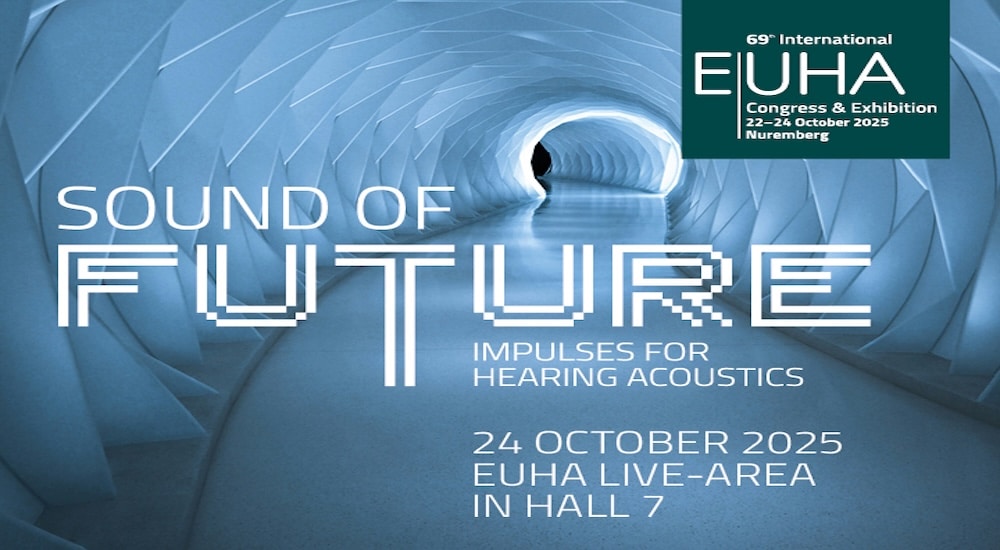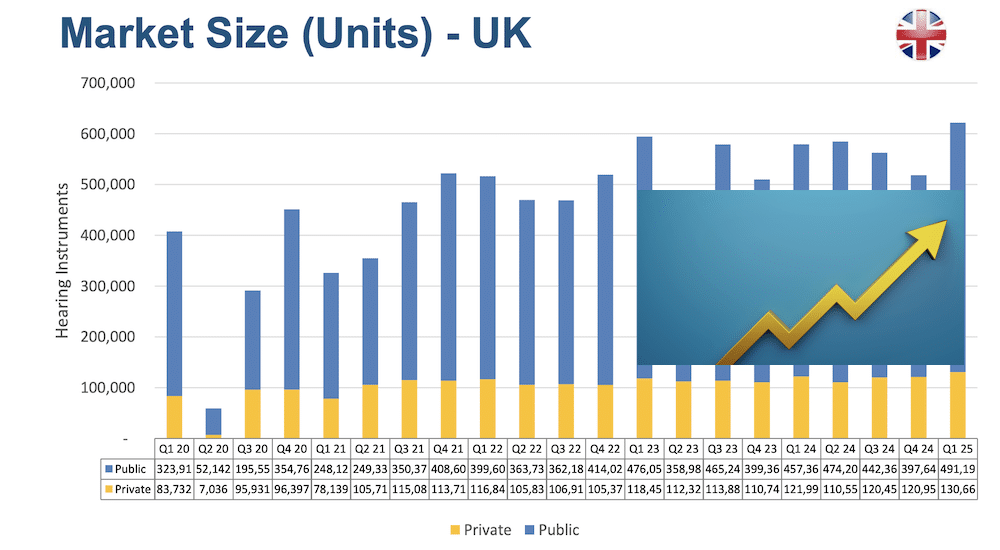Number of hearing aids sold or quality of service?
Opinion
Mirella Bistocchi, President of the Italian National Association of Importers and Manufacturers of Hearing Aids (ANIFA) brings us considerations from the Italian perspective regarding the study by British colleague Tony Grant-Salmon.

The debate on the “Market Study of Western Europe 2015 vs 2014” is now open. And Italy appears to be lagging behind concerning binaural fitting but outperforms all the other countries for parameters related to patient well-being.
I am not able to fully support the analysis presented by Grant-Salmon, because I think we should be careful not to overlook certain major differences in the various markets: the first is the difference in the type of reimbursement. If we revisit the EuroTrak research data mentioned, we can put forward an interpretation of the data that is more focused on the quality of the services provided. In this regard, I also refer to the article that was published on AWN in September 2015 by Luis Godinho .
Market penetration does not really reflect the quality of the market which, I would say, is taken for granted in countries where hearing aids are supplied from hypoacusis equal to 25 dB. In my opinion, market quality is better measured by the percentage of use and the duration of use. We therefore need to look at the data with an approach focusing mainly on the quality of life of hearing aids users.
The level of market penetration depends strongly on the reimbursement system: in the United Kingdom for example, full reimbursement is available regardless of the user, while in Italy, devices are only given to entitled patients who have hearing loss of at least 65 dB. We must therefore remember that half of the sales in Italy take place in a completely open market. Satisfaction, on the other hand, is increasing here: we went from 70% to 79% and are well placed compared to other countries.
As I mentioned before, the real indicator is the level of use. The level of use clearly shows that people make use of their hearing aids: and in Italy the level of use is one of the highest in Europe, while the UK is in last position. I maintain that it is not beneficial to reach market penetration of 45%, if at the same time patients do not wear the devices they have been provided with.
In terms of binaural fitting, our rate is on the rise but there is definitely a lot more to do in this area. There is no need to argue this point: Italy is lagging behind other countries, even though there is growth.
Concerning hearing testing, I do not know where the data for Italy were recorded. The number of people who undergo hearing tests is on the increase, just like the market is growing.
Grant-Salmon puts forward an interpretation of the reason why there is growth in Italy that we can discuss. Let’s look directly at the data which say a lot on their own: it is excellent to have growth of 8%. We know that the presence of one important player has a driving effect. Their data are public and conclude that 2015 was a record year; even though the playing field is not really level, there is not an absence of competition.
In conclusion, concerning Italy, the main point to remember is that with our system, growth is constant, not only in quantity but also in quality, and this is the case for several reasons: technological changes first of all if we bear in mind that wireless connectivity in our country has reached 49% of clients, compared to 40% in 2014, the professionalism of those working in the sector, and the widespread distribution model that characterizes Italy.
These considerations are supported by available official data. It is important to emphasize that hypoacusis is a social problem closely related to aging because the mean age of patients with hearing loss in Italy is 75 years. In Europe, 51 million people have hearing deficits, in other words about 10% of the total population.
As I mentioned, we should analyze the different reimbursement systems. If we take into account reimbursement rules and compare usage times of devices, client satisfaction, and other data, we can truly determine which systems are the most efficient, and the fundamental parameters to evaluate.
This type of comparison among users of hearing devices in the various countries allows us to place Italy at the top of the classification concerning highly important characteristics such as the ability to communicate in complex situations, social life, self-esteem, mental abilities, and lastly physical health.
We can thus conclude that the greatest levels of satisfaction are found in competitive markets, as shown by EuroTrak 2015 data, in countries like France, Switzerland, and Italy, which in fact have limited levels of reimbursement for hearing aids.


